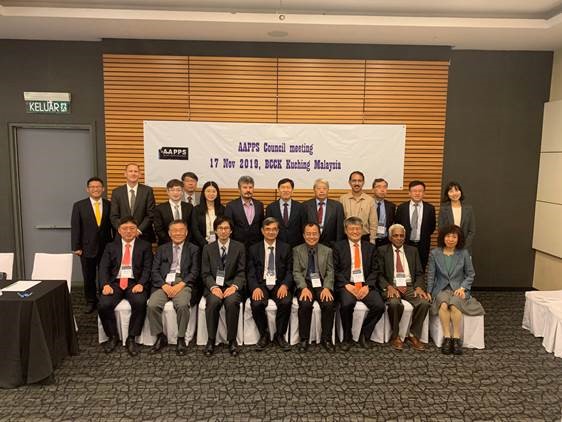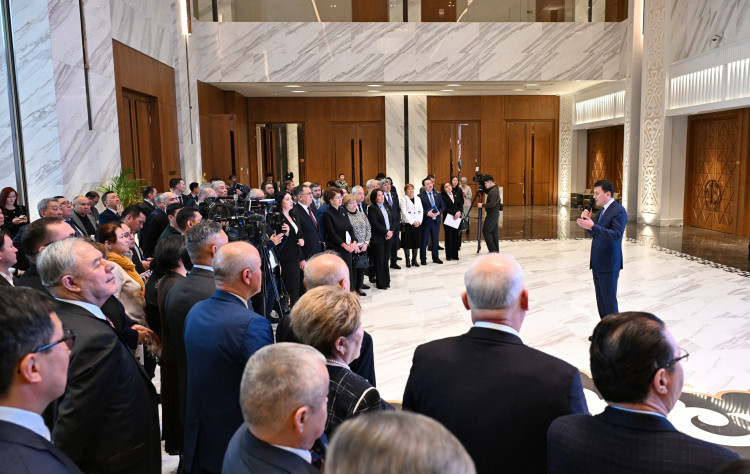
The Kazakhstani Physical Society has joined the Association of Asia Pacific Physical Societies (AAPPS). The authoritative organization includes 18 of the most developed countries in the region, including Japan, China, Korea, India, Australia, etc.
The science of Kazakhstan is being integrated into the international scientific community. This process clearly illustrates the high pace of development of Kazakhstani science, its readiness for globalization processes that occur in the world.
The Association of Asia Pacific Physical Societies (AAPPS) was organized in 1989 by a Nobel Prize winner, the first president of the association, C. Young. The headquarters is located in South Korea, Pohang. By promoting the development of physics knowledge in the Asia-Pacific region, AAPPS conducts research, training, organizes conferences and seminars, it has specialized departments and subcommittees, and publishes newsletters and magazines.
The Republican Public Association «Kazakhstani Physical Society» is an Association of Kazakhstani physicists who are professionally engaged in physical science. The company was created in 2017 on the basis of Al-Farabi Kazakh State University with the support of Nazarbayev University, Gumilyov ENU, Satpayev Kazakh National Technical University, Abay Kazakh National Pedagogical University, KBTU, National Nuclear Center, Institute of Nuclear Physics, Fesenkov Astrophysical Institute and regional representative offices based on local universities. The president of the society is academician of the NAS of the Republic of Kazakhstan, professor, «Honored Worker of Science and Technology of the Republic of Kazakhstan», laureate of the Al-Farabi State Prize of the Republic of Kazakhstan in the field of science and technology Tolegen Kozhamkulov.
Participation in the Association opens up new horizons for Kazakhstani science, as it allows our scientists to receive support from foundations and research institutions of the Asia-Pacific region, participate in joint training programs for young scientists and raise the level of scientific research to the international level.
Other news
